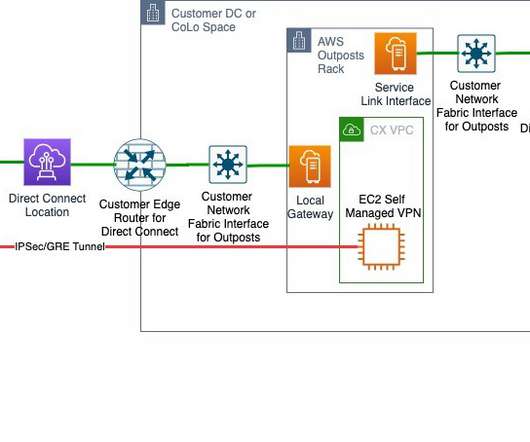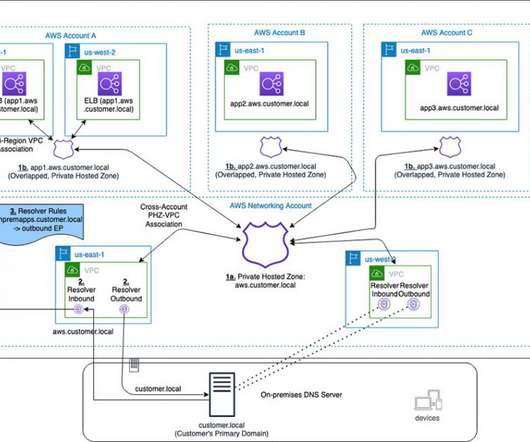Disaster Recovery Solutions with AWS-Managed Services, Part 3: Multi-Site Active/Passive
AWS Disaster Recovery
MARCH 10, 2023
Welcome to the third post of a multi-part series that addresses disaster recovery (DR) strategies with the use of AWS-managed services to align with customer requirements of performance, cost, and compliance. Related information Want to learn more? Explore the following resources within this series and beyond!












Let's personalize your content